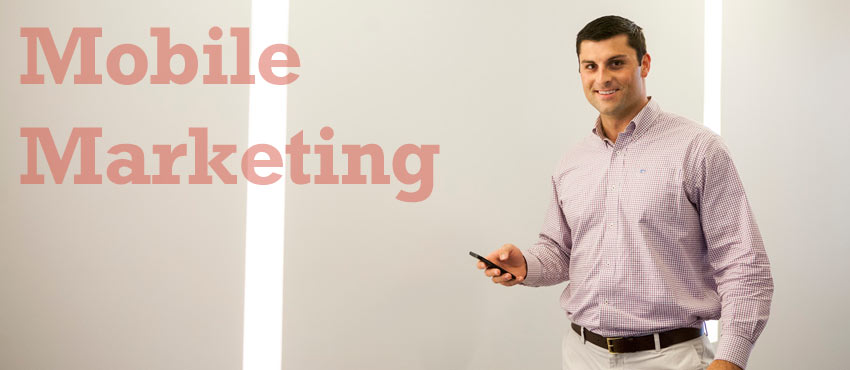Mobile marketing includes any promotional messaging delivered via mobile technology, such as text messages, apps, mobile websites, banner ads, and supporting technologies like QR codes. Simplicity and immediacy are essential for successful mobile marketing. Consumers need to be able to easily understand and instantly react to the information coming across their screens.

According to the Mobile Marketing Association (MMA), mobile marketing pumped $139 billion into the United States economy in 2012. Included in this figure were both consumer and business-to-business sales generated via mobile messaging. The organization predicts an annual growth rate of 52 percent in mobile marketing economic impact over the next five years.
This increase in sales and economic growth also created 524,000 jobs in 2012. These jobs can be directly attributed to mobile marketing in terms of additional employment in the advertising and marketing industry, as well as increased hiring at companies doing business via mobile channels. The finance, retail, and manufacturing sectors made up roughly half of the mobile spending in 2012, with a combined total of $3 billion.
Consider that the above statistics apply only to the 25 percent of companies that have a true mobile marketing strategy. That leaves the majority of businesses currently out of the economic equation. For example, 45 percent of companies do not yet have a mobile website presence.
Mobile Marketing Strategies
Marketing to consumers who are constantly on the go presents some unique opportunities. A successful mobile marketing strategy should:
- Push content that is designed to load quickly and work seamlessly on smaller screens. Responsive website design continues to grow in popularity as an effective solution to device-specific messaging.
- Give the consumer a way to take immediate action in response to the advertising by promoting mobile-enabled purchasing opportunities or other interactive elements. Same-day delivery options, limited time offers, and contests work well in this respect.
- Use “geofencing” technology to identify the consumer’s exact location and point them to the advertiser’s nearest store or service. GPS-enabled devices make it easy to target key audiences as they approach a particular venue.
- Personalize content for the specific mobile device user by tapping into the data available on their smartphone or tablet. However, knowledge of consumer preferences, attitudes, and desires must be balanced by a respect for privacy and the assurance of data security.
There are also challenges to implementing a mobile marketing strategy. One big drawback is that it is difficult to measure the return on investment from spending on mobile communication channels. While the Mobile Marketing Association has been able to quantify positive economic impact on a widespread basis, the ability to scale down those metrics remains elusive.
Without readily available analytics, it becomes harder to make a business case for spending on mobile marketing initiatives. It is especially true when expenditures include hiring mobile marketing experts and restructuring a traditional marketing department to leverage the opportunities at hand. However, once the necessary framework and resources are in place, it can be relatively quick and cost effective to implement basic mobile strategies.
The Future of Mobile Marketing
Large companies with sophisticated marketing organizations are investing a greater portion of their budgets in mobile campaign initiatives. They are addressing smartphones and tablets as two separate and distinct devices that require different strategies based on usage trends.
There is an expectation that analytics will improve and provide the ability to power “smart apps” that deliver a richer, more personalized mobile experience. The advertising of the future will combine product information, marketing messages, and consumer-centric content into one fully featured engagement strategy.
Marketers should also plan to invest in new technologies in order to take full advantage of the opportunity to deliver relevant messages in real time. Mobile devices are continuing to evolve, moving into the realm of wearable computers. Companies that are “brand ready” to make the leap from smartphones to smart watches and other on-body devices will be ahead of the curve.
About the Author: Laura Mingo writes in the field of higher education. This article aims to offer career advice for university students in relation to IT and promotes the benefits of advanced study regarding an online degree in CIS.
Sources:
http://www.mobilemarketingwatch.com/understanding-immediacy-in-mobile-marketing-34192/
http://www.forrester.com/2013+Mobile+Trends+For+Marketers/fulltext/-/E-RES91661


